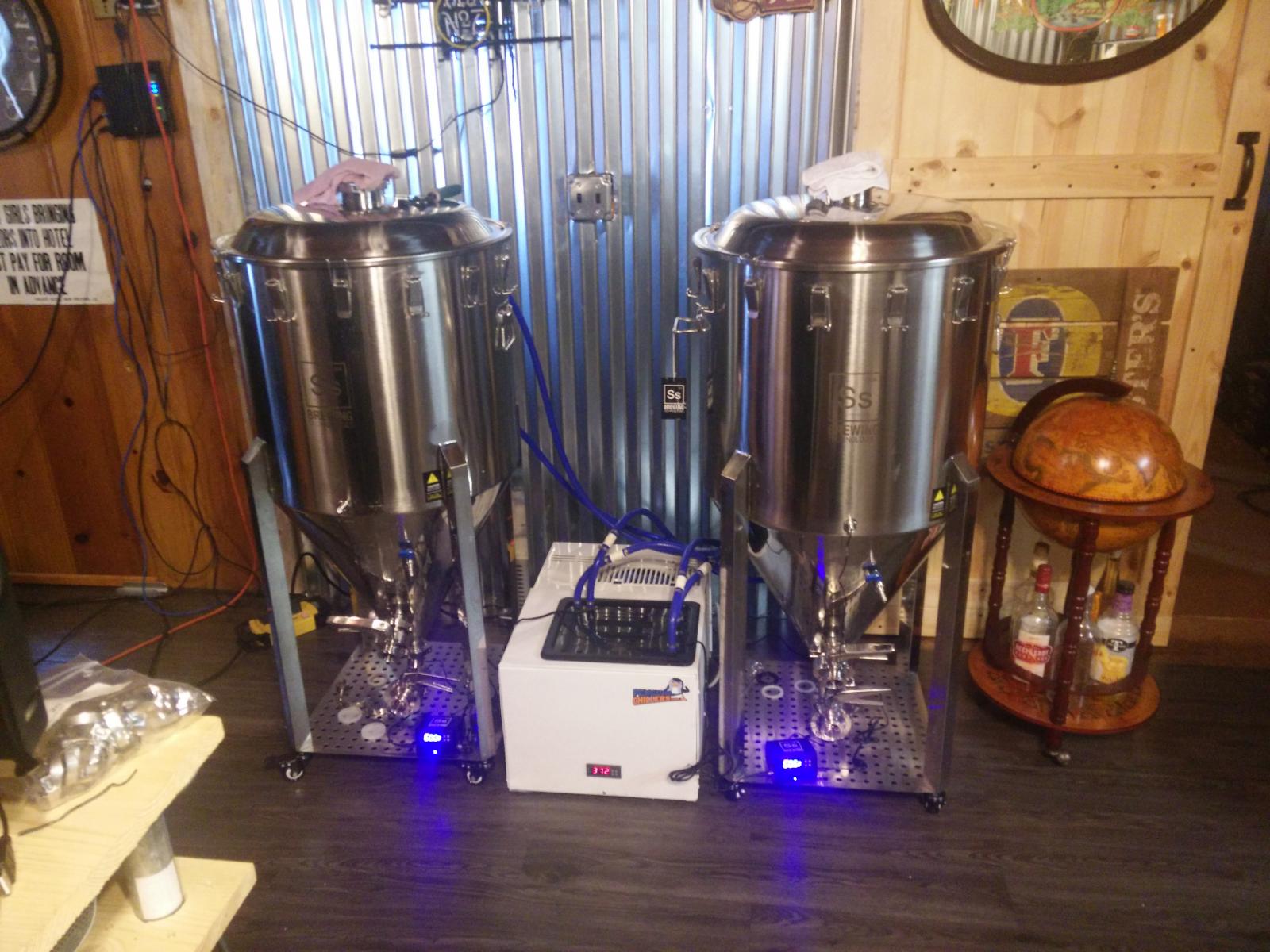I troubleshooted the pump and it worked fine. No idea what the deal was. This is the second time this has happened. First time, I had to manipulate the pump within the glycol chiller for it to work properly, and it was completely submerged the entire time. Last time, I removed the pump, submerged it in water under I had proper flow through the lines, then placed it back in the glycol tank. It definitely was an issue with an air bubble within the lines or FTSS coils. Not sure exactly how to permanently fix it but I'm trying to figure out some preventative measure so that it doesn't happen again.
What are you using for a circulation pump?
Every pump has a certain amount of static or head pressure they are designed to work with. Essentially, there are pumps designed as siphon pumps which can prime quite easily not submerged in liquid. Others are designed to be under x inches or feet of fluid for them to work efficiently.
If it is the standard SSBT submersible pump, they don't seem to require a good deal of static pressure. If it's an aquarium pump, that could be a different issue depending on the design. If it is the standard SS pump, there's a rubber "snoot" over the intake of the pump, pull that off and make double certain there is nothing stuck in the impeller of the pump like a small piece of cellophane or something like that.




